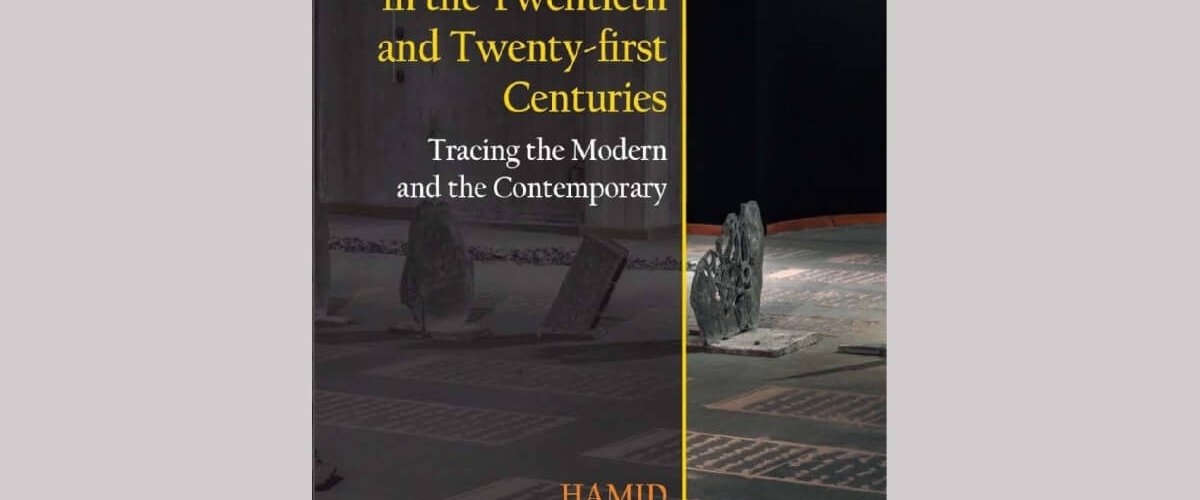Dr Hamid Keshmirshekan: The Art of Iran in the Twentieth and Twenty-first Centuries
On the evening of October 5th, attendees congregated at the Society to partake in an informative lecture by Hamid Keshmirshekan, a distinguished art historian, art critic, and Research Scholar at the Department of Middle Eastern, South Asian, and African Studies, Columbia University.
The focal point of the event was Keshmirshekan’s recent publication, an in-depth exploration and theoretical analysis of Modern and Contemporary art in Iran. The presentation scrutinized the intricate interplay between art movements and artistic practices, contextualized within the broader socio-cultural and political discourses spanning the twentieth and twenty-first centuries.
Keshmirshekan’s methodological approach involves a meticulous examination of the influence exerted by discourses on art movements and practices. In his talk he investigates the prevalent debates that have shaped Iranian art during this transformative period. By delineating artistic trends from the 1940s to the present, Keshmirshekan introduces innovative perspectives that underscore the nexus between art and its multifaceted contextual backdrop—ranging from social to political dimensions.
A salient contribution of Keshmirshekan’s work lies in his endeavour to reconcile the relationship between art and the intellectual and political landscape. This reconciliatory effort imparts a nuanced understanding of the evolutionary trajectory of Iranian art, providing valuable insights into the diverse forces operative within the national milieu.
The crux of Keshmirshekan’s discourse resides in his exploration of underlying themes and discourses through a series of case studies. These case studies entail a detailed examination of the oeuvres of distinguished artists, affording the audience an opportunity to grasp the intricacies of art in conjunction with broader societal transformations. This methodological approach sheds light on the intricate interplay between art and the sociopolitical milieu.
The audience remained engrossed as Keshmirshekan navigated the dynamic landscape of Iranian art, offering a novel perspective on the challenges and opportunities confronting artists across epochs. By amalgamating critical analysis with historical evidence, Keshmirshekan presents a comprehensive panorama of the artistic preoccupations that have informed Iran’s cultural narrative.
The talk is now available to watch on the Society’s YouTube channel:

